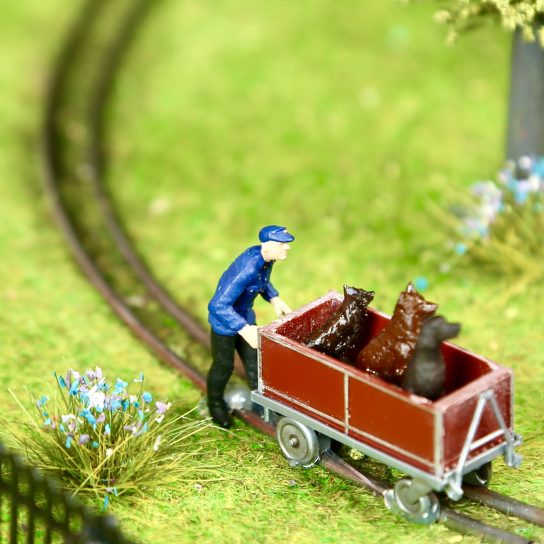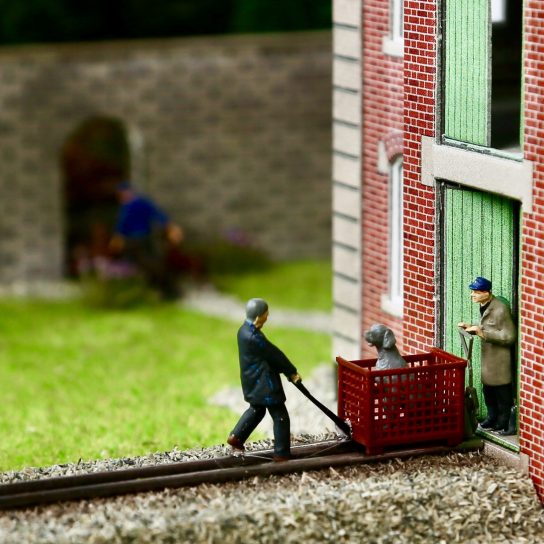Dogs in Motion
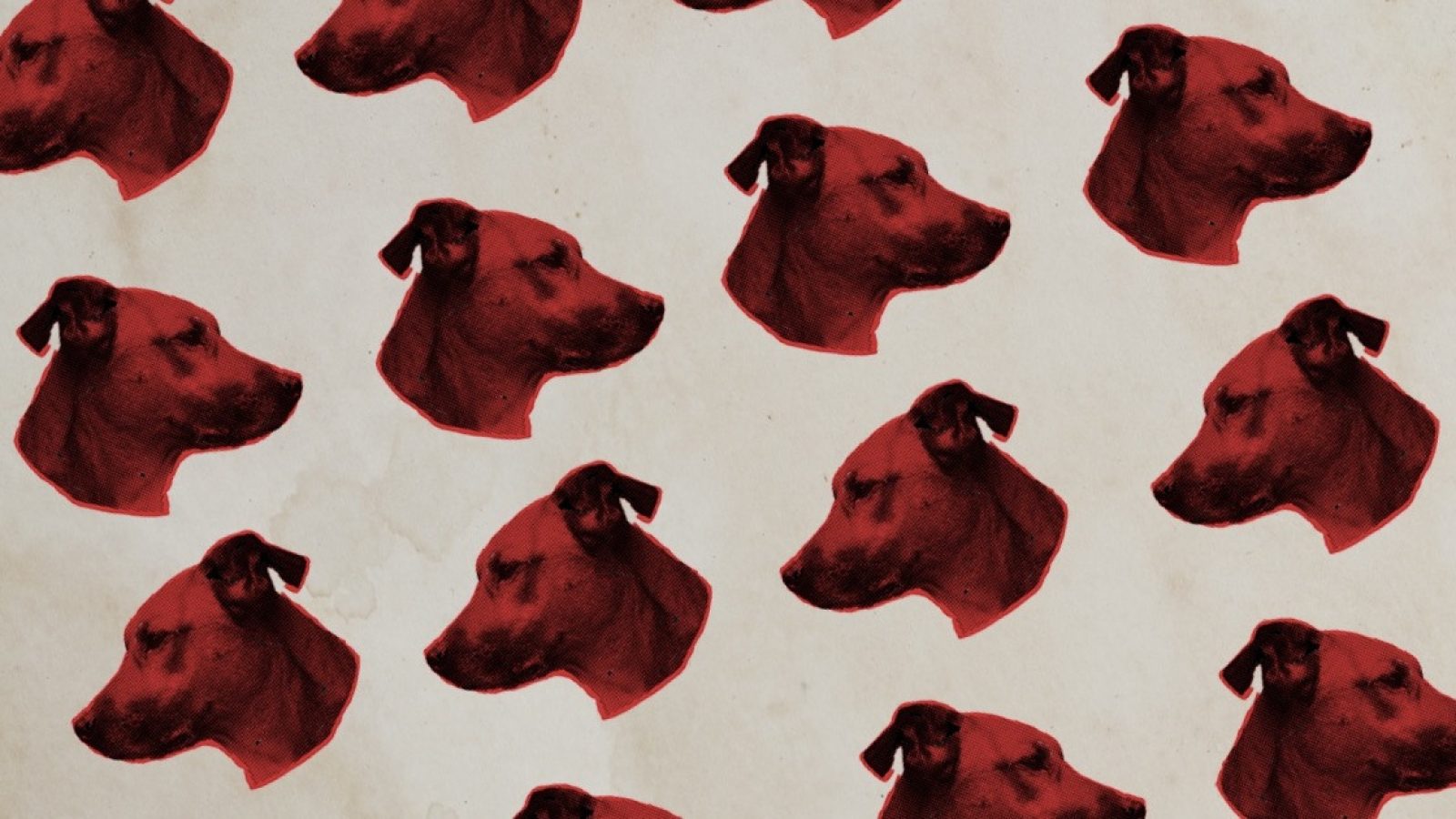
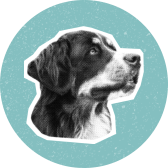
Getting from A to B
At any one time, there were scores of dogs living at The Institute of Experimental Medicine, housed either in the basement of the The Physiology Department brick building or in the separate vivarium nearby in the Institute grounds.
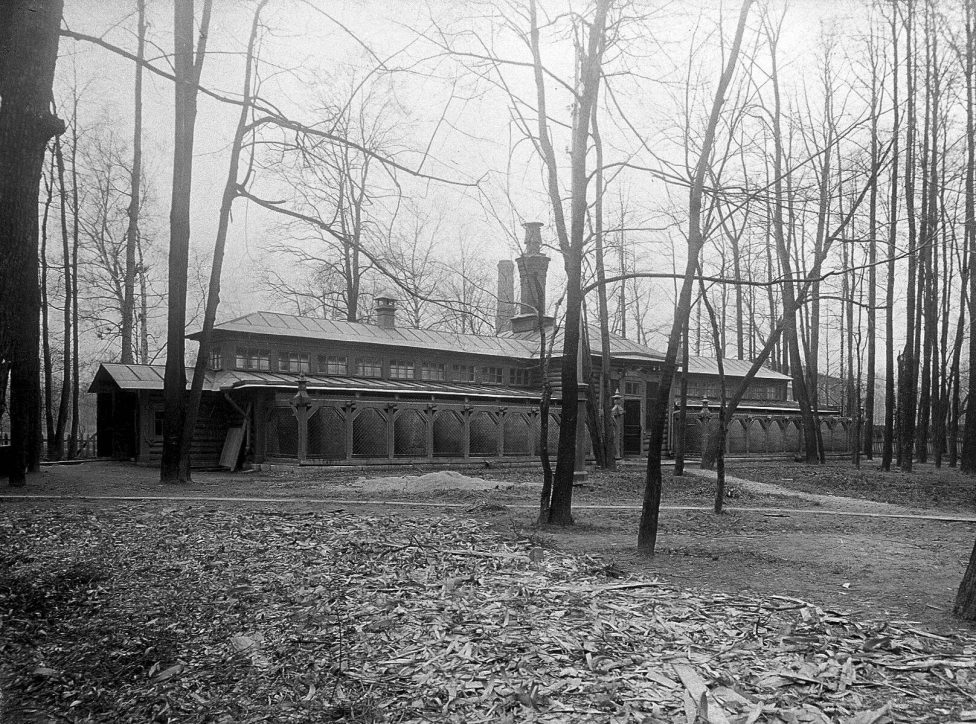
There must have been a system in place for moving multiple dogs from place to place on a large scale, but there appear to be no surviving written accounts.
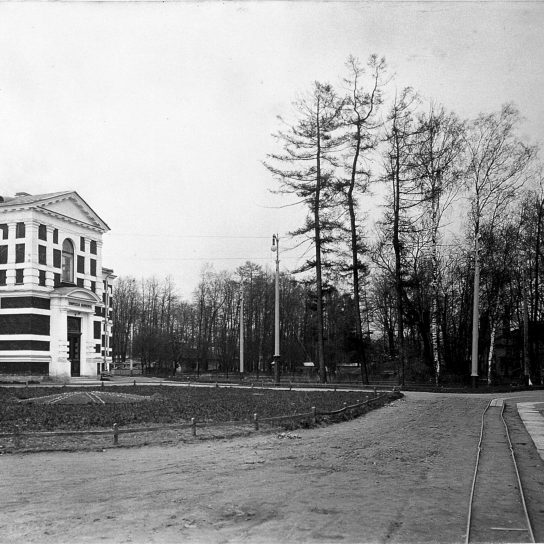
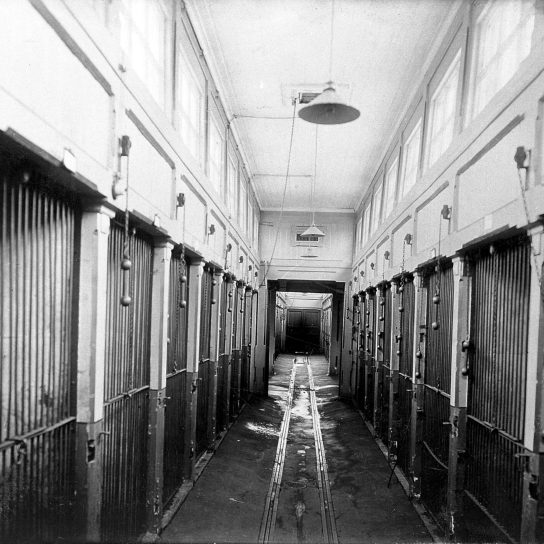
However, a handful of photographs and illustrations from the time suggest an intriguing possibility. Here and there tracks running across the grounds between buildings can be spotted, and elsewhere, cages with wheels that are being pushed by assistants on those tracks. One such image is labelled ‘Reception cage for rabid dogs’ in Russian.
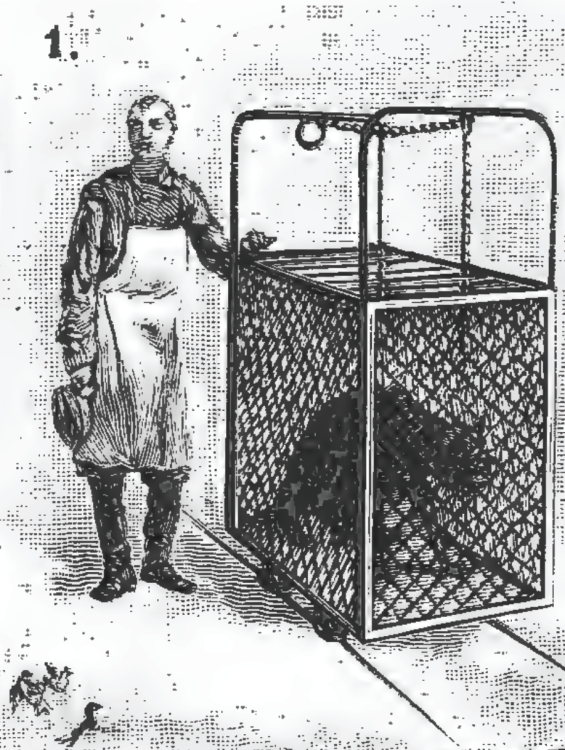
The appearance of these tracks and cages elsewhere in the grounds of the Institute and the buildings of Pavlov’s department suggests at least the possibility that their use was more widespread.
Imagining dogs in motion
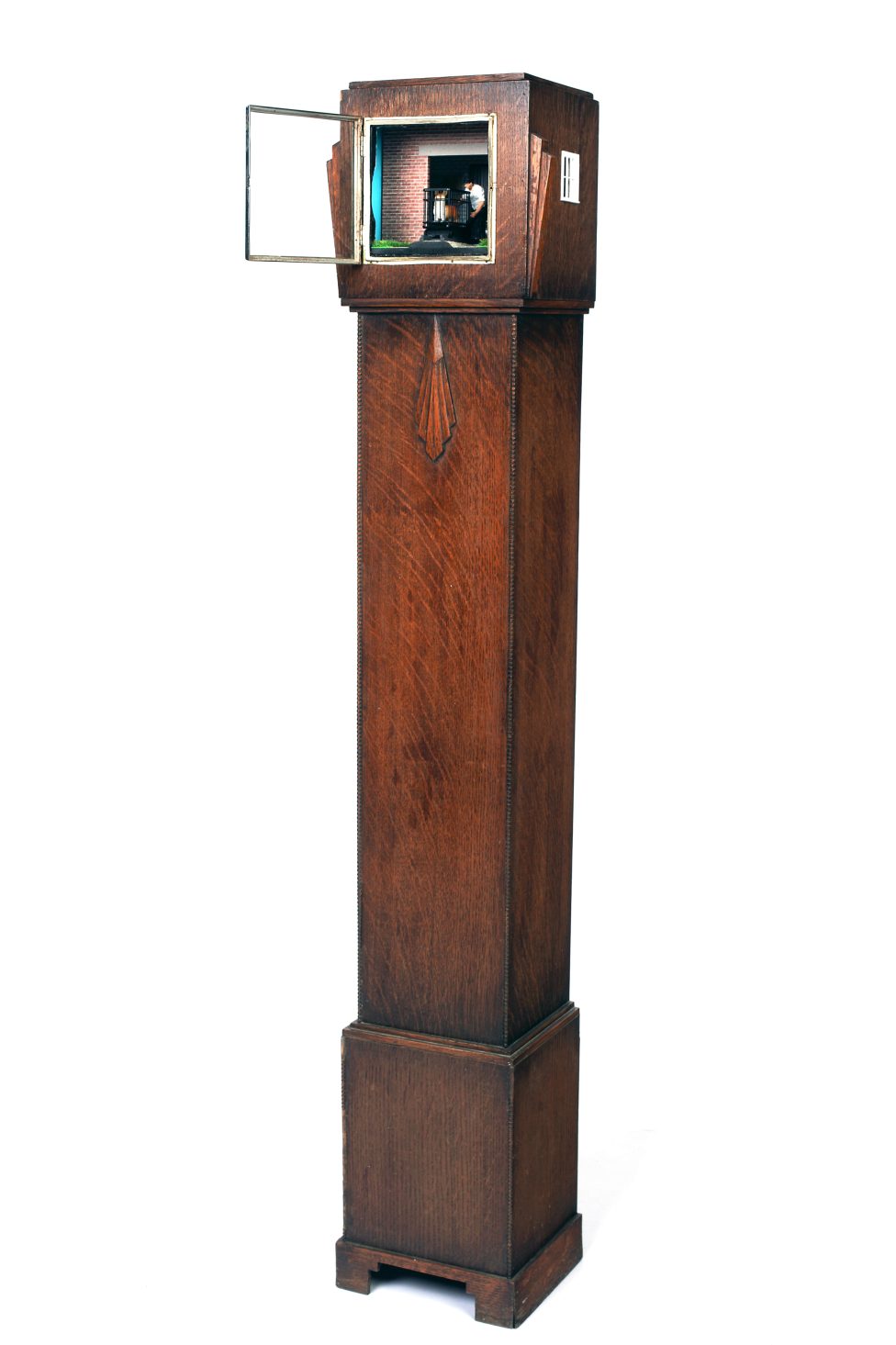
Across our reconstruction of Pavlov’s laboratories, and specifically in this piece, we pull together these visual clues to imagine this possible alternative as a fully functioning system for transporting individual dogs.
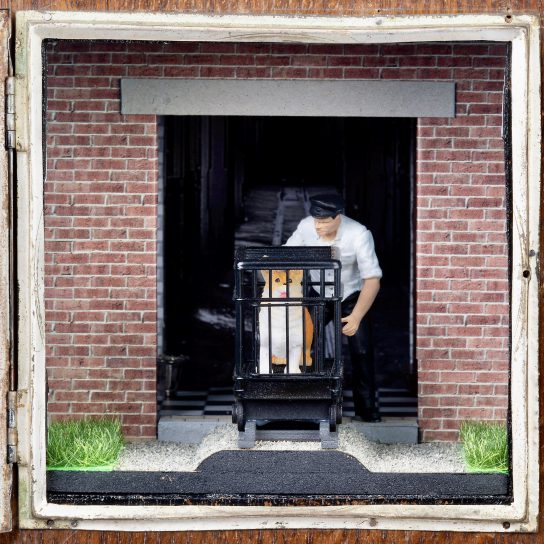
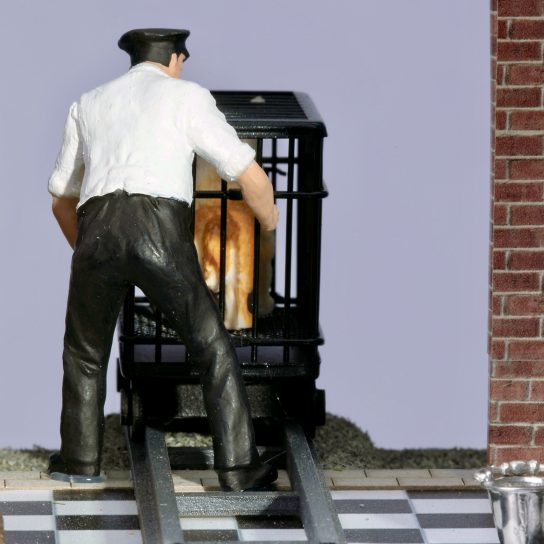
Pavlov was preoccupied by the dangers of any uncontrolled external factors impacting on his experiments, including any undue influences on his dogs. It is easy to imagine such a system appealing to him – making the movement from A to B as ordered and predictable as possible.
